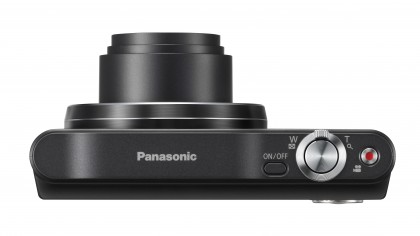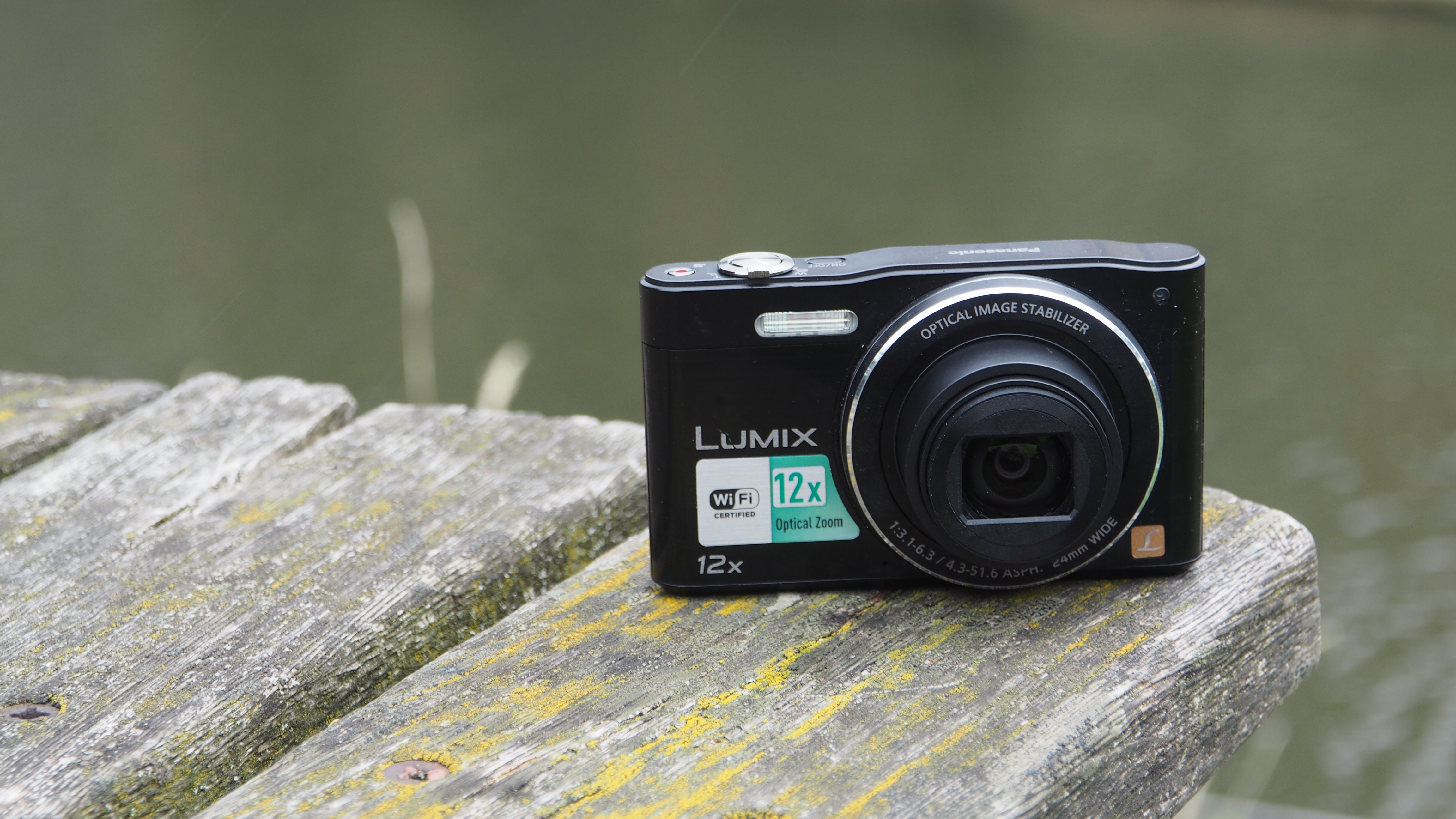TechRadar Verdict
With a decent range of specs, this is a budget friendly alternative to your smartphone with a good zoom range.
Pros
- +
12x zoom range
- +
Easy to use
- +
Wi-Fi built-in
Cons
- -
No touchscreen
- -
Poor performance in low light
Why you can trust TechRadar
Like the SZ3 that it replaces, the Panasonic SZ8 is a small, slim compact camera that is intended to be a step up from a phone for picture taking.
Probably the most appealing specification for that kind of user is the zoom range, which at 12x optical is far longer than your average smartphone can offer (there are of course exceptions, but the majority of them don't offer any kind of optical zoom at all).
Although it has 16 million pixels like the SZ3, the SZ8 uses a new sensor and that zoom range is also a boost from the 10x the SZ3 was capable of. As it starts at 24mm, the equivalent focal length at the telephoto end of the optic is 288mm, which should be satisfactory enough for most shooting scenarios.

Another improvement is that the SZ8 adds Wi-Fi connectivity so the camera can connect to a phone for easy image transfer and image sharing.
On the back of the camera is a 3-inch, 460,000 dot LCD screen. That's bigger and better than the 2.7 inch, 230,000-dot device on the SZ3.
This is the only means of composing and reviewing images, as, unsurprisingly, there's no viewfinder on the SZ8. In many respects, the SZ8 is very similar to the SZ3 it replaces, but with a higher resolution sensor, and a longer zoom, it should prove to be a better performer overall.

Aimed pretty squarely at beginners, there's no manual control or raw format shooting to be enjoyed here. Instead, there's a fully automatic option, "normal" (akin to Program mode on a lot of other cameras), creative mode, panorama and scene modes.
Sign up for breaking news, reviews, opinion, top tech deals, and more.
In terms of the competition, there are a fair number of similarly specced, reasonably priced compact cameras currently on the market.
Build quality and handling
The SZ8 isn't the slimmest compact available on the market, but it's worth bearing in mind that it houses a fairly substantial 12x optical zoom. That said, you can still slip it reasonably easily into a jeans pocket or handbag for taking out with you to parties, holidays and so on.
Rather than being recessed into the body of the camera, the lens barrel sticks slightly out from the body of the camera, and when you switch it on, the lens extends ready for use.

On top of the camera is the on/off button, shutter release, zoom switch and a dedicated video record button. Zooming is smooth and fluid, which is good for a camera with a fairly high zoom like this. The camera will pause very slightly before entering digital zoom, which is useful if you're trying to avoid using it – the zoom bar at the bottom of the screen also has a blue section for digital zoom to help you keep an eye on it.
The rear of the camera doesn't have too many buttons, but there's enough to give you direct access to some key functions. A mode button allows you to switch between the different modes on offer – as already mentioned, there's no manual or semi-automatic modes available, but you can switch between automatic, "normal", scene, creative and panoramic mode.
There's also a four way navigational pad, with each of the directional keys doubling up for different functions. Up accesses exposure compensation, while left accesses self-timer, right flash mode and the down key the display modes.

Completing the button set, is a button for accessing a quick menu, a dedicated Wi-Fi button and a playback button.
Setting up the Wi-Fi connection is very simple. First, you need to do is download the Panasonic Image App from the iTunes or Google Play store. Then once you have it, open the app, press the Wi-Fi button on the camera and a QR code will be displayed – this can be scanned from the app and it will set up the Wi-Fi connection for you. Once this has already been established, you won't need to go through that process again.
From here, you can control the camera remotely, which is useful for selfies and group shots, or just an awkward angle, and you can also retrieve photos from the camera's memory card or inbuilt memory. There's not a huge amount of control to be enjoyed while using remote control, but you can zoom in and out, or change the type of digital filter that you're using.

Amy has been writing about cameras, photography and associated tech since 2009. Amy was once part of the photography testing team for Future Publishing working across TechRadar, Digital Camera, PhotoPlus, N Photo and Photography Week. For her photography, she has won awards and has been exhibited. She often partakes in unusual projects - including one intense year where she used a different camera every single day. Amy is currently the Features Editor at Amateur Photographer magazine, and in her increasingly little spare time works across a number of high-profile publications including Wired, Stuff, Digital Camera World, Expert Reviews, and just a little off-tangent, PetsRadar.
